Aconitums - tell me about yours.
User
9 years ago
Featured Answer
Comments (13)
dbarron
9 years agoaftermidnight Zone7b B.C. Canada
9 years agoRelated Professionals
Foothill Ranch Landscape Architects & Landscape Designers · Garden City Landscape Architects & Landscape Designers · Harrison Landscape Architects & Landscape Designers · Lake Oswego Landscape Architects & Landscape Designers · Bethlehem Landscape Contractors · Stamford Landscape Contractors · Barrington Landscape Contractors · Braintree Landscape Contractors · Eustis Landscape Contractors · Gainesville Landscape Contractors · Pahrump Landscape Contractors · San Rafael Landscape Contractors · Santa Ana Landscape Contractors · Oxon Hill Landscape Contractors · Selma Landscape Contractorssunnyborders
9 years agoshadeyplace
9 years agorouge21_gw (CDN Z5b/6a)
9 years agorouge21_gw (CDN Z5b/6a)
7 years agorouge21_gw (CDN Z5b/6a)
7 years agolast modified: 7 years agoLaLennoxa 6a/b Hamilton ON
7 years agoUser
7 years agolast modified: 7 years agodbarron
7 years agorouge21_gw (CDN Z5b/6a)
7 years agoUser
7 years ago
Related Stories

KITCHEN DESIGNHouzz Call: Tell Us About Your First Kitchen
Great or godforsaken? Ragtag or refined? We want to hear about your younger self’s cooking space
Full Story
FUN HOUZZHouzz Call: Tell Us About Your Dream House
Let your home fantasy loose — the sky's the limit, and we want to hear all about it
Full Story
LIFEGive Your Home a History by Telling Your Story
Share your family's epic saga — or even just kiddie doodles — for a home that's personal, meaningful and inspiring
Full Story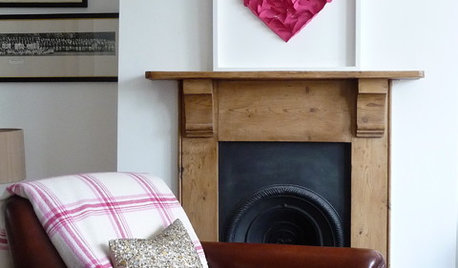
VALENTINE’S DAYTell Us: Why Did You Fall in Love With Your House?
What was it about your house that made your heart flutter? Share your photo, and it could make the Houzz homepage
Full Story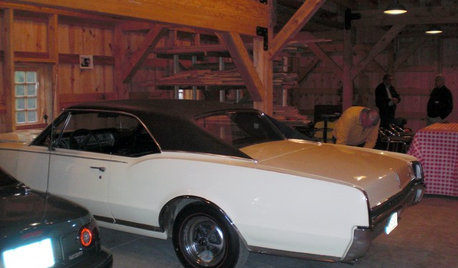
FEEL-GOOD HOMEGuys Tell Us About Their Favorite Places at Home
For Father’s Day, Houzz men show us the places in their homes where they like to hang out
Full Story
LIFETell Us: Do You Know How to Live With Your Parents?
If you've tried multigenerational living under one roof, we'd love to hear the details
Full Story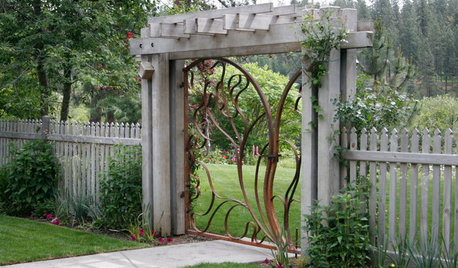
LANDSCAPE DESIGNThe Garden Gate: A Preface to the Story Your Garden Wants to Tell
Setting the tone for your garden starts with the right entry
Full Story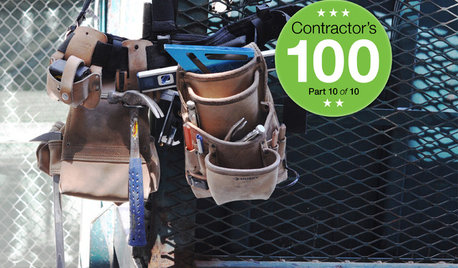
REMODELING GUIDESContractor's Tips: 10 Things Your Contractor Might Not Tell You
Climbing through your closets and fielding design issues galore, your contractor might stay mum. Here's what you're missing
Full Story
INSIDE HOUZZTell Us Your Houzz Success Story
Have you used the site to connect with professionals, browse photos and more to make your project run smoother? We want to hear your story
Full Story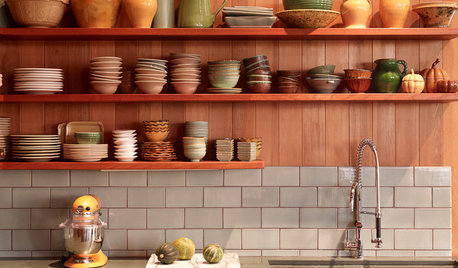
LIFETell Us: What Made You Fall for Your Kitchen?
Show the heart of your home some love for Valentine’s Day
Full Story







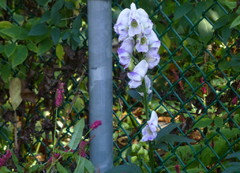
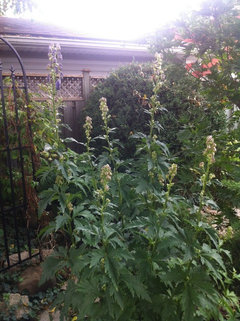

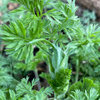
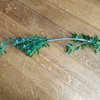
UserOriginal Author